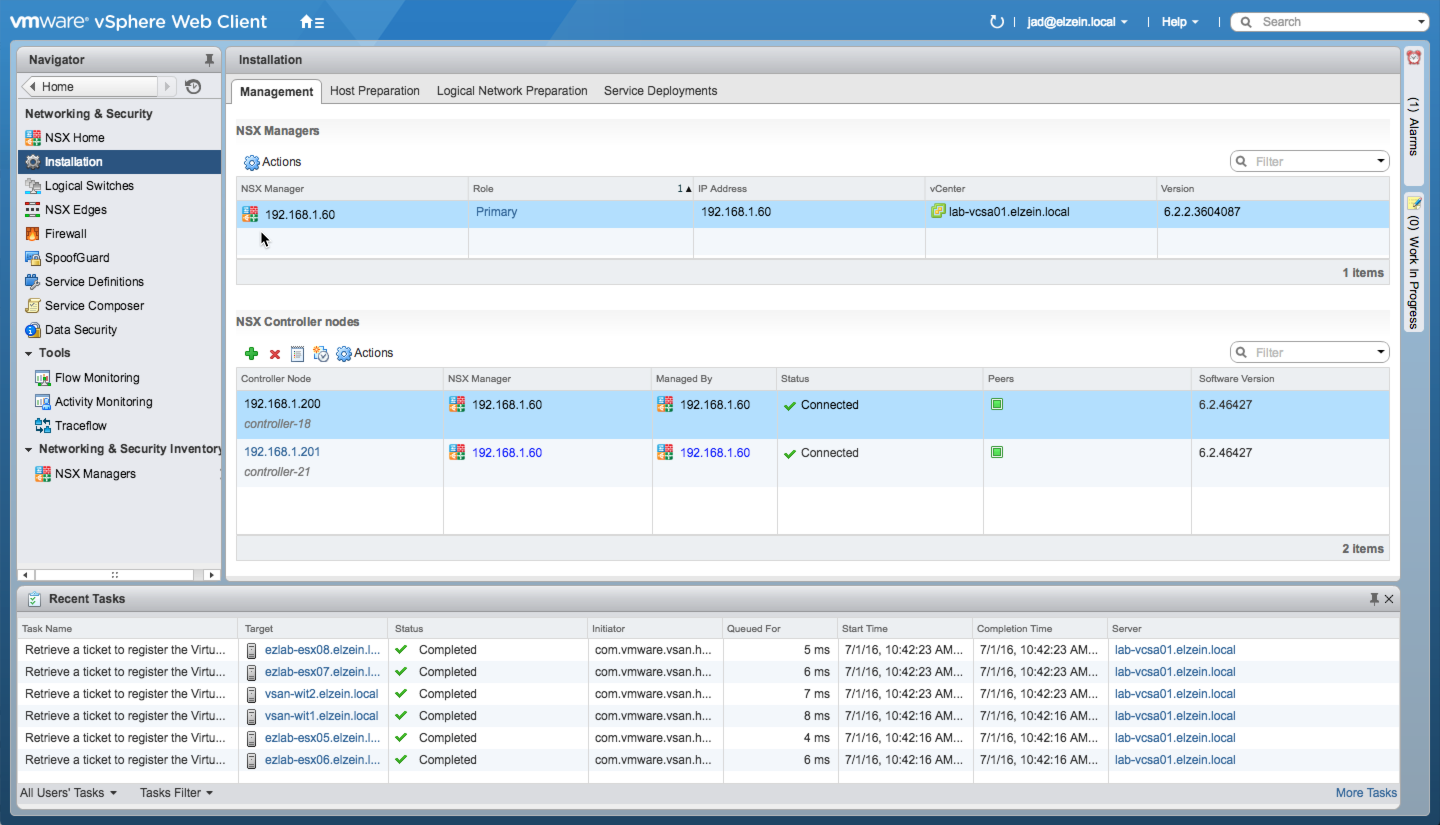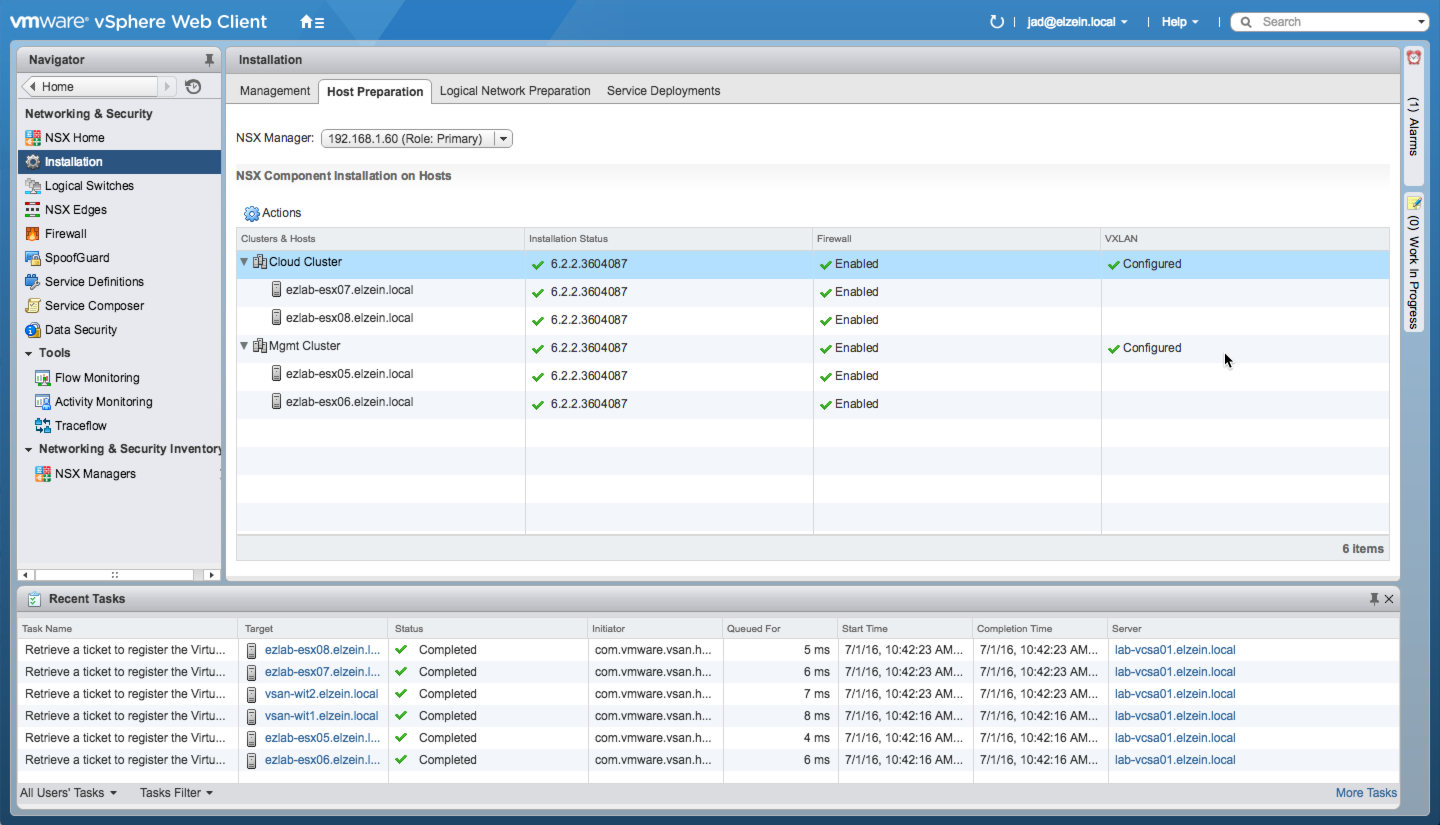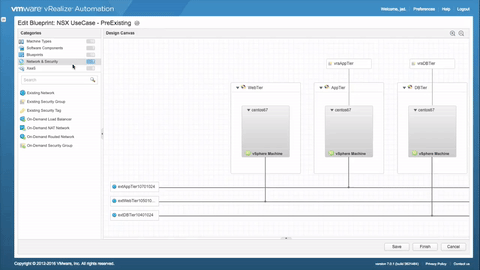vRA and NSX – Part 2, Staging Logical Networks
Introduction
A logical switch emulates a traditional network switch by creating logical networks that can be used to connected one or more vnics of a virtual machine to the corresponding logical network. In an NSX environment, logical switches are directly mapped to an available Transport Zone (VXLAN) and is stretched across all hosts and clustered configured with that VXLAN. Similarly, a Universal Logical Switch is deployed when used with Universal Transport Zones and can be stretched across hosts, clusters, and even vCenters. Logical switches are typically created and managed using the vSphere Web Client. Once created, machines can be logically wired to them for connectivity to other machines and/or upstream services (e.g. NSX Edge Services Gateway or Distributed Logical Router…or anything else wired to the resulting logical network). Thanks to the power of NSX, these networks can be spun up rapidly (albeit statically) and exist exclusively in the virtualization layer, saving countless management cycles and associated overhead (+ cost).
As you are well versed by now, NSX delivers the critical services needed for a modern network infrastructure while lifecycle automation of network and security services — from provisioning to decommissions (and everything in between) — are defined by the automation layer.…
![[virtualjad.com]](https://www.virtualjad.com/wp-content/uploads/2018/11/vj_logo_med_v3.png)




